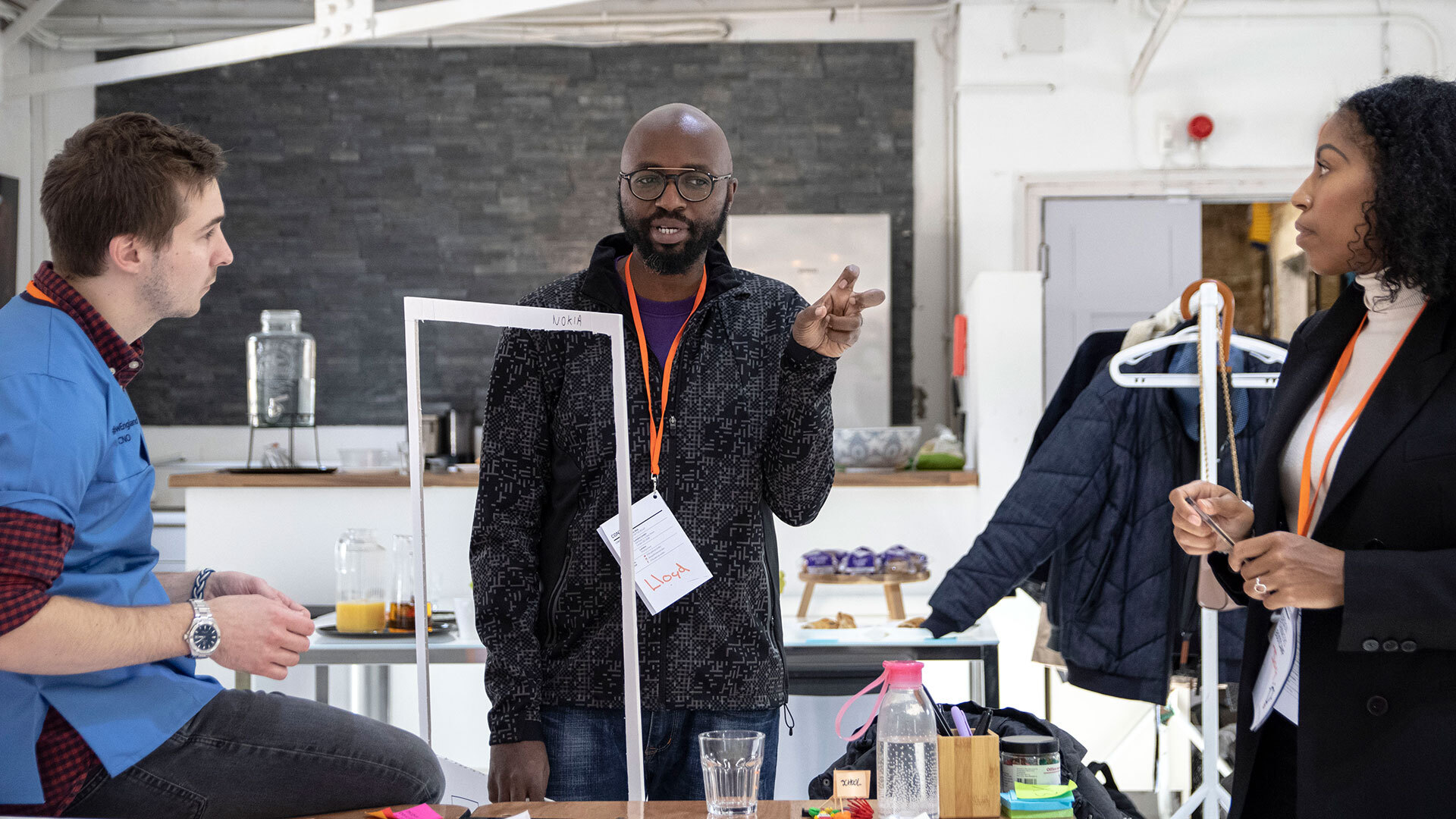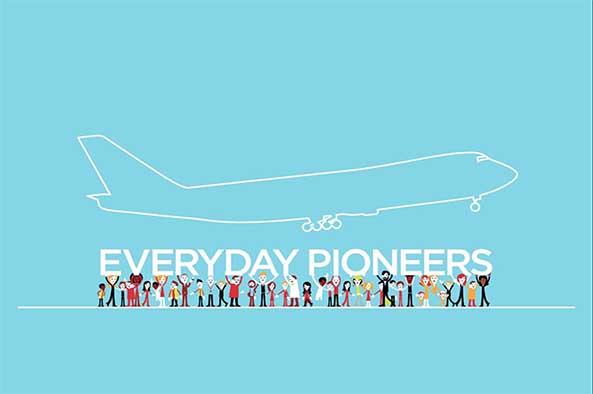
by Sophia Adamou — Aug 1, 2025
Ethnographic research differs from classic market research, surveys and focus groups. It is closer to anthropology fieldwork, focussing on qualitative, rather than quantitative techniques. Designer researchers spend time understanding relatively small samples of service or experience users in depth, to build empathy and uncover valuable insights for innovation.
This article is a short digest of Ben Crisp’s original interview with our research team, first published on our Design Thinkers Academy London website in December 2023. It sets out the 5 skills we prize most in researchers.
- Curiosity
Always searching for more, framing the same question differently to see if that prompts different answers. Looking at things from a variety of angles.
- Sensitivity
Be alert to the fact some topics and experiences are difficult to discuss. Sometimes you need to collaborate with others who have more experience of the topic under research. On a recent project around homelessness in Northern Ireland, our Associate Research Director Ruth Flood brought in a researcher who was a qualified youth worker, someone who already “Works with asylum seekers and people who’ve been through quite a lot of trauma.” She wanted to unlock the stories of the people she was researching, but with the involvement of someone who had experience dealing with some of the issues that might arise. “I don’t want to leave people in a place of being re-traumatised”.

- Collaborative
Treat research participants as collaborators not scientific subjects. Be clear and honest about the purposes of the research you are conducting. Respect the fact you are being allowed into someone else’s world. While you are with them, be as unobtrusive and considerate as possible and avoid influencing the situation. Express gratitude for their time and insights. Work with them. “It may not always be that following someone around, shadowing someone, is the best way to learn about them. It might be getting them to build something or generate something with you, like we do at DK&A with user-diaries” will yield more insights. It is a “mix of being open, respectful, but also creative in your approach to research methods.”

- Preparation
Set out a research plan before you begin, including what you will do if various research elements don’t go to plan. Take account of the client’s perspective and participants boundaries and time constraints to devise an achievable, step-by-step plan.
- An analytical mind
Research doesn’t stop when you’ve collected the data. It is not complete until it’s properly analysed and broken down, to yield themes, ideas, and opportunities. For that, you need to be analytical.
“People think research is easy and anybody can ask questions”. To some extent we acknowledge that is true but then “You then actually have to do some sense making. I think good, qualitative researchers are good at doing that sense making.” Ruth believes this is where designers and design researchers excel. One of the things I think the designers have is that ability to conceptualise things. Not all researchers are good at that.”
If you would like to know more about our design research services, see here

